Rachel Cox lives and works in Dallas, TX, USA. Prints from Cox’s series have recently been presented at Museo de los Artes in Mexico City, Baijia Art Museum in Nanjing, China, The Musee del’Elysee in Switzerland, Museo Amparo in Mexico, and at PHOTO London 2016. Cox has shown work nationally at the Houston Center for Photography, the Albuquerque Museum of Art, Philadelphia Photo Arts Center, and the Atlanta Contemporary Arts Center. In 2016 Cox’s project Shiny Ghost was awarded 1st place by Lensculture Magazine for their International Portraiture competition. Additionally, her work was nominated for the Paul Huf FOAM award by the Foam Fotografiemuseum in Amsterdam, an international photography prize for artists under 35. In 2015 Cox was selected as a participating artist in reGeneration 3: New Perspectives in Photography, an international survey of contemporary photography curated from a group of 50 artists with only three coming from the united states. Cox’s work has recently been published in Vice Magazine, The Guardian, The Huffington Post, and The British Journal of Photography. Cox received her MFA from the University of New Mexico in 2013, and is represented by Talley Dunn Gallery in Dallas, TX. Today we share her work, and recently published monograph with Aint-Bad, Shiny Ghost.
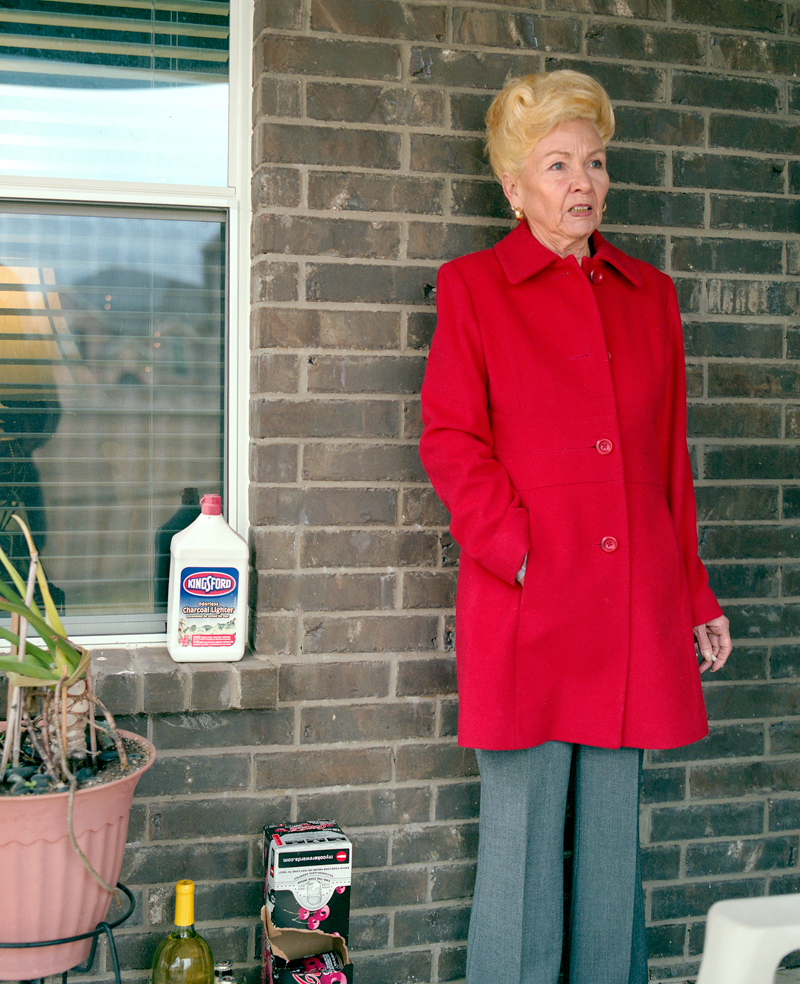
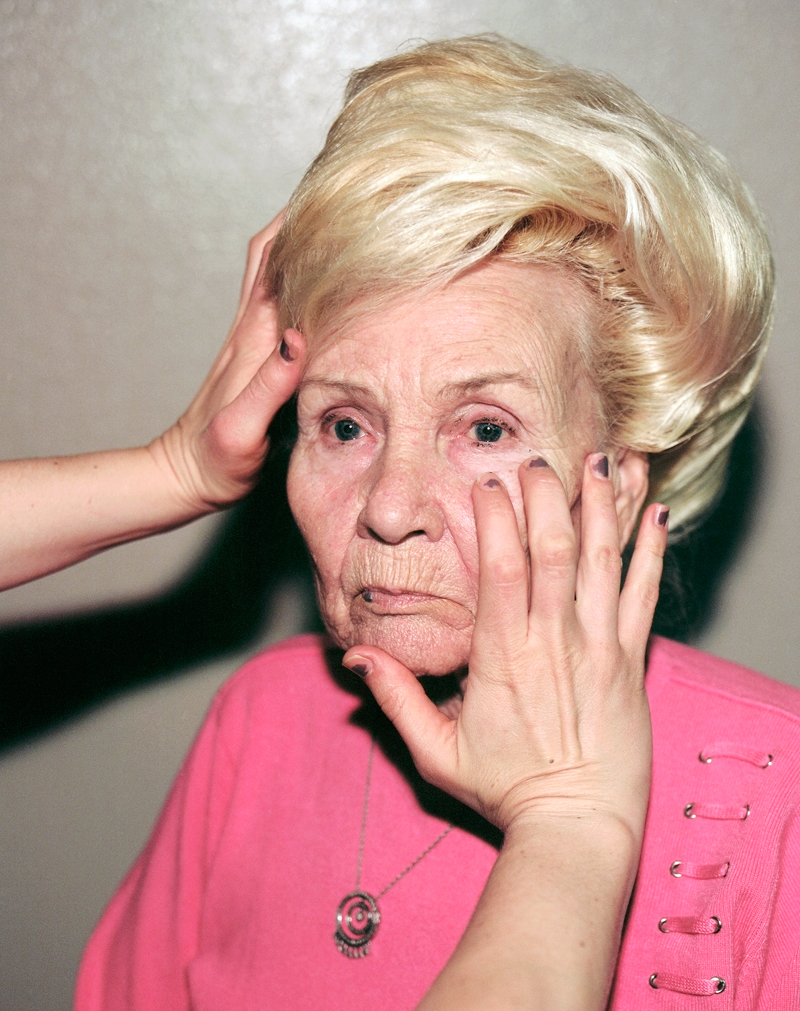
Shiny Ghost
In this project I have documented the final years of my Grandmother’s life as she was suffering from a degenerative brain disease. The images were made during moments of conversation, gesture, and experiences of death. The variety of photographic approaches towards the subjects are representative of a frantic need to record all aspects of my knowledge of her (whether performative or candid) in a hopes that these moments could be pieced together again, attempting to construct a more accurate portrait of how I would remember her. My Grandmother and I had a tumultuous relationship, never thoroughly understood, and missed connections of tastes and values flourished throughout our entire lives. Looking back on this project, the photographs reveal a deeper language we had been sharing for years, constituted of mutual vulnerability and trust, acted upon even in death.
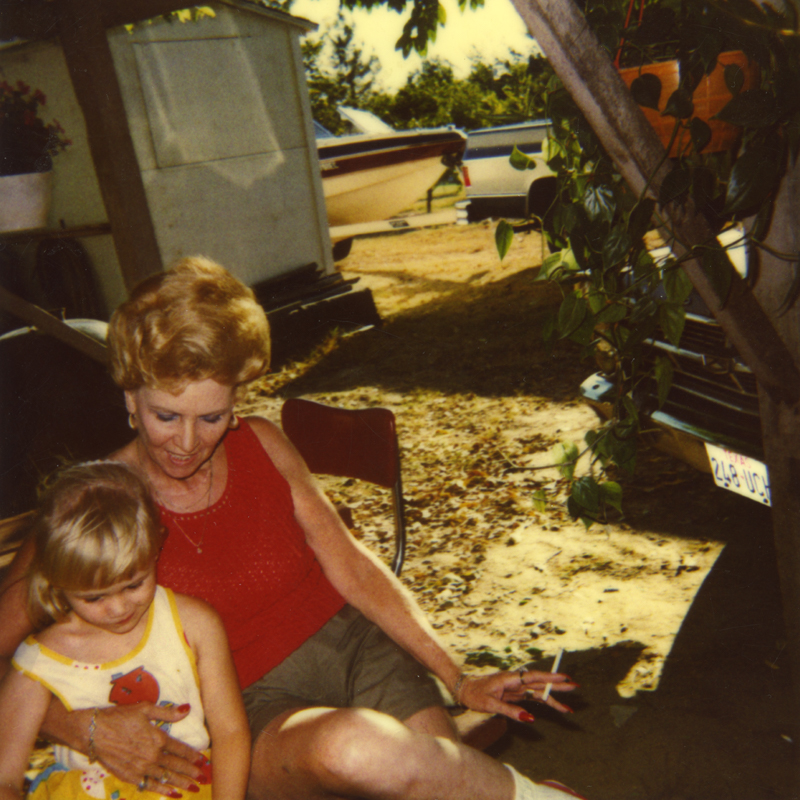


Hi Rachel! Thank you so much for taking the time to chat with us. Shiny Ghost is an extremely powerful body of work, and we are honored to have published it as a monograph.
Thank you! It’s been beyond a great experience working with AB as well as seeing such a significant and emotional project realized in this kind of format.


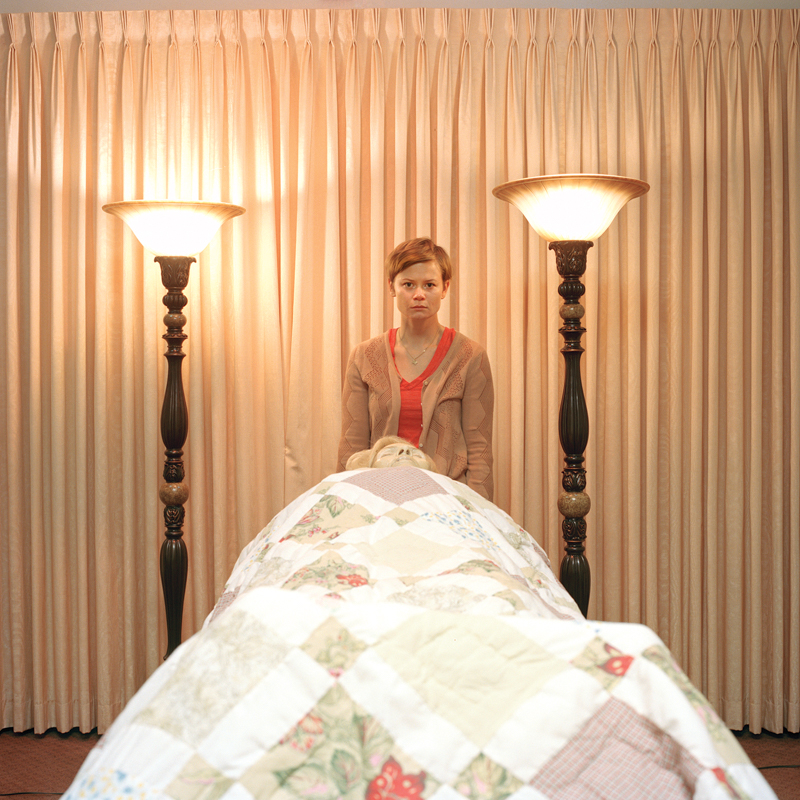

So you mention in your statement that the photographs reveal something about a deeper language you had been subconsciously sharing with your grandmother in the midst of your complicated relationship. Can you speak on the photographs ability to take us somewhere we may not have been able to go otherwise, whether it be a physical or emotional space?
The language I referred to in my statement could be distilled down to trust, especially trust that is born out of unconditional love which typically is found in immediate family relationships. My Grandmother trusted me by granting my unparalleled documentation of her, her things, and some pretty intimate moments. This is not something at the time I equated to trust. It was only realized later when I was going through all my negatives and beginning to sequence things out. There are some things I could not relate to with my Grandmother. We also did not verbally express our feelings. So the time we spent photographing indeed brought us to a new level of closeness.

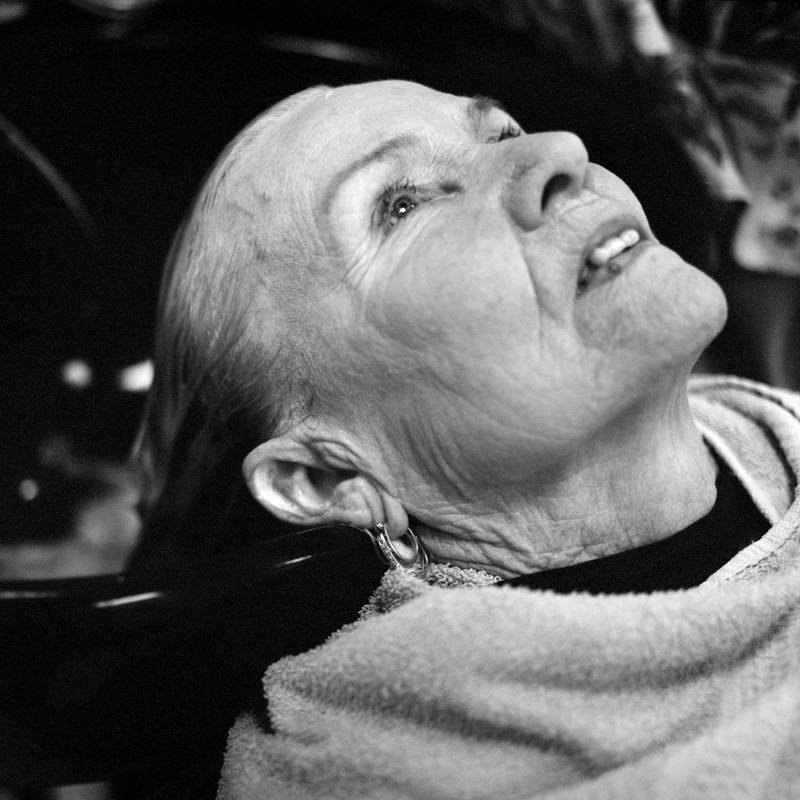
Having difference in opinion with family members is something (I think) we can all relate to. Your work seems to be particularly relevant in light of the era we are in now, where opposing values are instigating turbulence in families nationwide. Did making this work reveal anything to you about how to deal with that? How do you think the work would be different if you were still making it today, in this political climate?
I do not think the current climate would change anything about how I would take pictures of her. How it would impact conversation though I’m not sure. I think my upbringing restricts me from saying anything overtly disrespectful or challenging to my elders. It was just something you didn’t do. Also politics and religion were another thing that was never discussed. So of course when I began to raise concerns about women’s rights and other social inequalities I was met with some heavy opposition, from my entire family. I found out early on you have to pick your battles wisely, and remember that at the center of all this your family loves you, and in my Grandmothers case, was raised in a completely different manner. I may have taken pictures in a way my Grandmother would not have wanted me to, perhaps representing her in a way that was not as she saw herself. However, I can never understand how she viewed herself and what is more important for me is to make something that mirrors my interpretation of her. I hoped to come to terms with our disconnect through a deep scrutiny of her and her things.

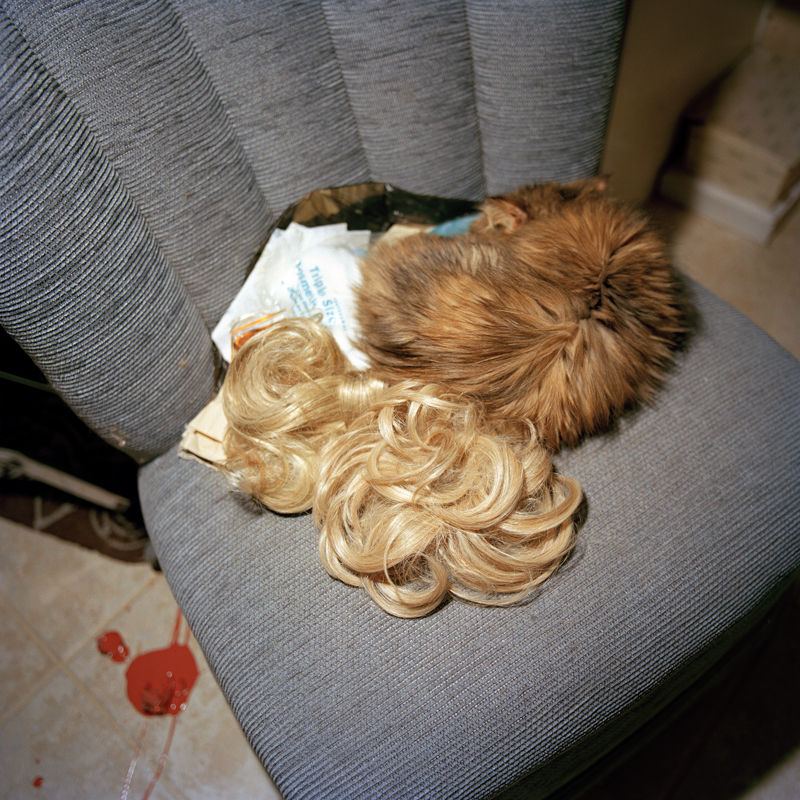
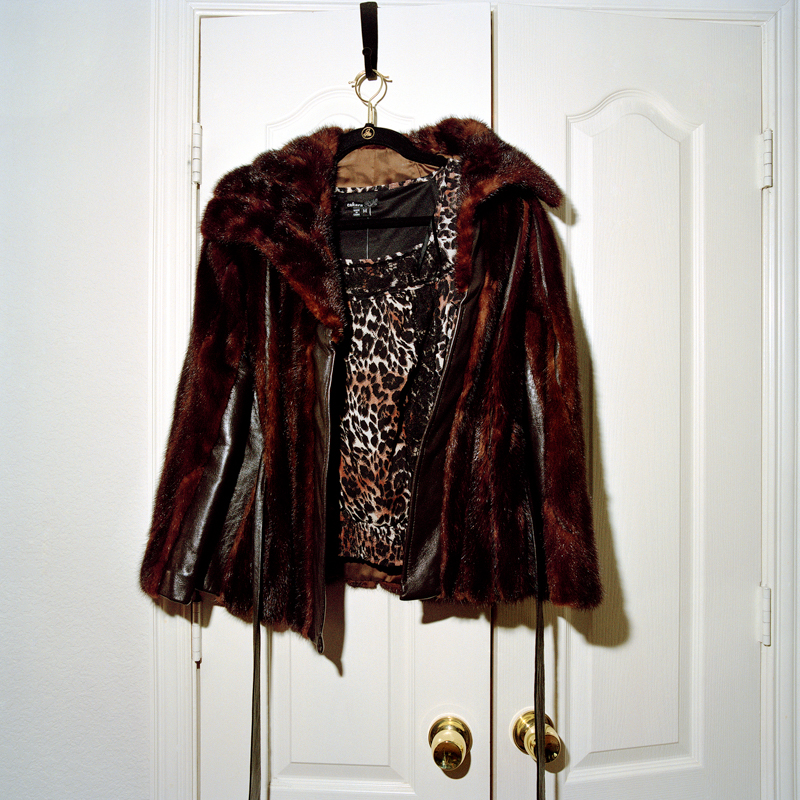
There is a taxonomic nature to the work. What was the importance in photographing individual objects? Do they also serve as portraits?
The entire 10 years I photographed my Grandmother I took images of her things and rooms in her house. I always had trouble trying to understand who this person was and why she had the taste for, what I found to be, the weirdest décor. Then when faced with this reality of loosing her I really starting focusing on objects that seemed to define her just as accurately as traditional portraits. It’s easy to construct a sense of who someone is by what they surround themselves with. My grandmother had a very lavish and flashy aesthetic, something that I was deeply concerned with preserving.
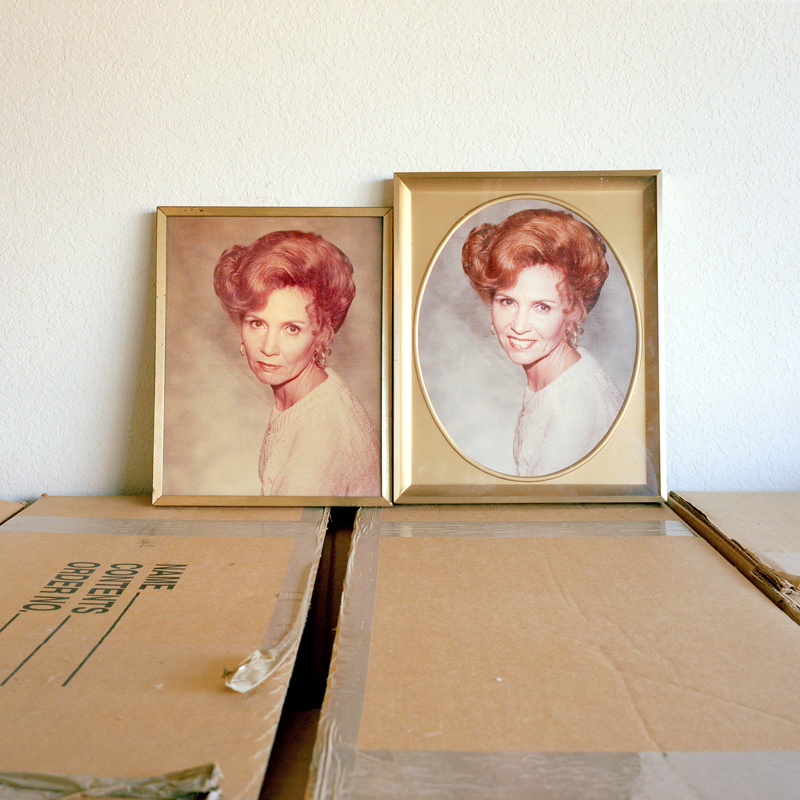

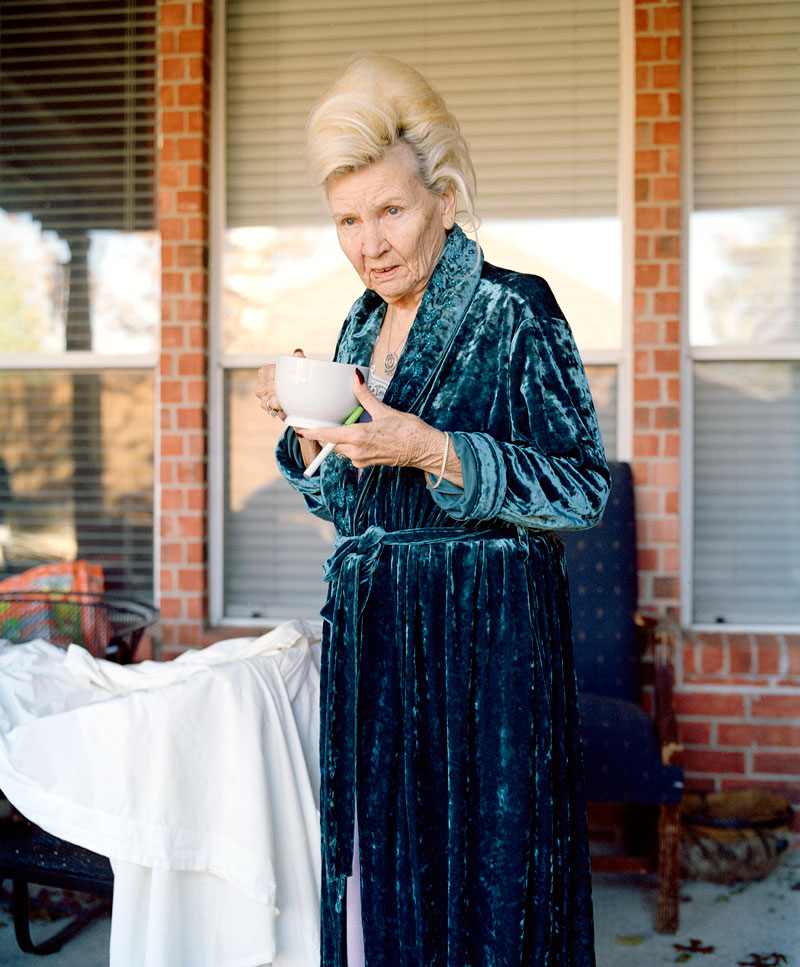
It seems like there is a theatrical nature to these images that wears off as time goes on. Did you experience a sense of unmasking with your grandmother as a subject?
The both of us were always fairly open and straight forward about our comforts levels. She would let me do anything I asked and I was really direct about why I wanted to take the pictures I did. The only dynamic that seemed to change with time was the awareness of the camera. At first she reacted to it, looked at it. Then the last few years before she died it was like part of my face. There was no reaction, she never skipped a beat, and I found this to be the time period where I made the pictures I enjoyed the most.

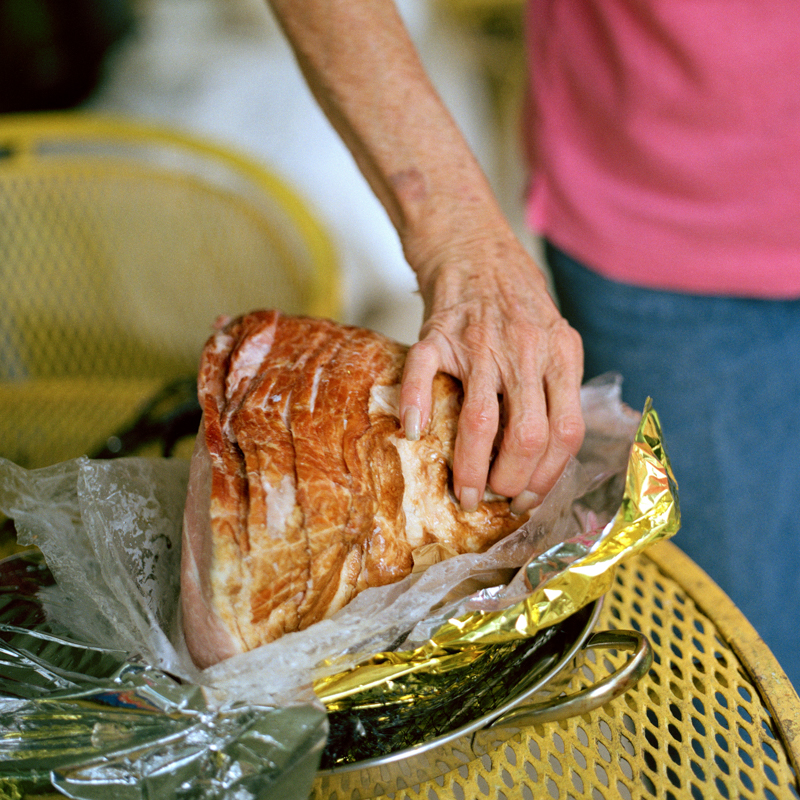
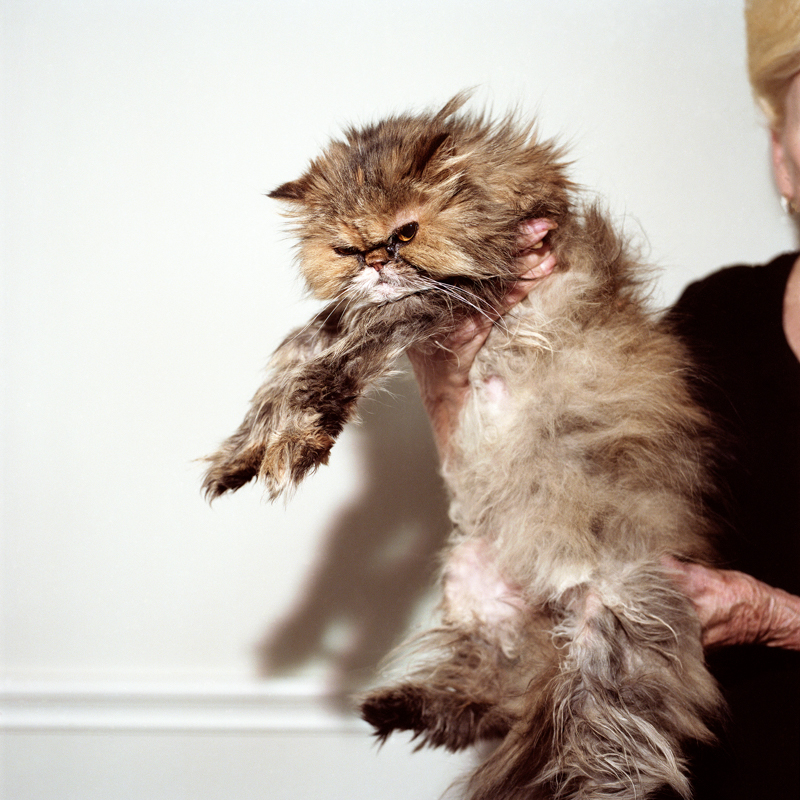

You mention that you used a variety of photographic approaches to tell the story of your grandmother. Is there one that you particularly found most effective or tend to use most often in your work?
They were all equally effective. Whether it was harsh flash or performance, I used an approach that would best capture the idea. Moving forward what I took from the project is an interest in objects, especially at a particular camera to subject distance. It’s something I’ve noticed over the last few years. I tend to flatten out space, focus in on a singular thing, just at about arms reach. This stance of not being super close to something, but still wanting to judge it from a particular vantage point, directly mirrors my feelings about many of her collections that were supposed to be willed to me upon her death.
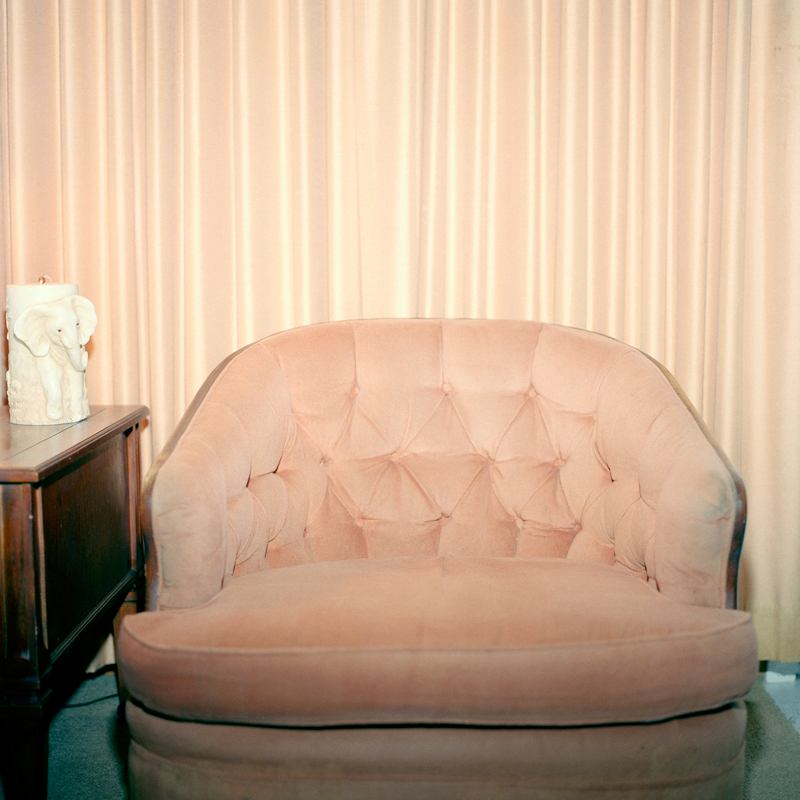

Can you briefly share what you are working on now?
I’m currently an artist in residence at CentralTrak International Residency program in Dallas, TX. Going off that idea of “the object” I’m looking at how we depend on objects to help us combat uncomfortable situations, or perhaps bridge some sort of social inadequacy. I’m very interest in the history of the still life and how it can reveal so much about a person or culture. Plus, I am also always trying to challenge myself, and working solely in the studio is something I’ve never been able to do so this residency seemed like the perfect opportunity to take on this type of project.

To view more of Rachel’s work, please visit her website. To purchase her monograph, Shiny Ghost, click here. Get free shipping with the code GHOST at checkout
